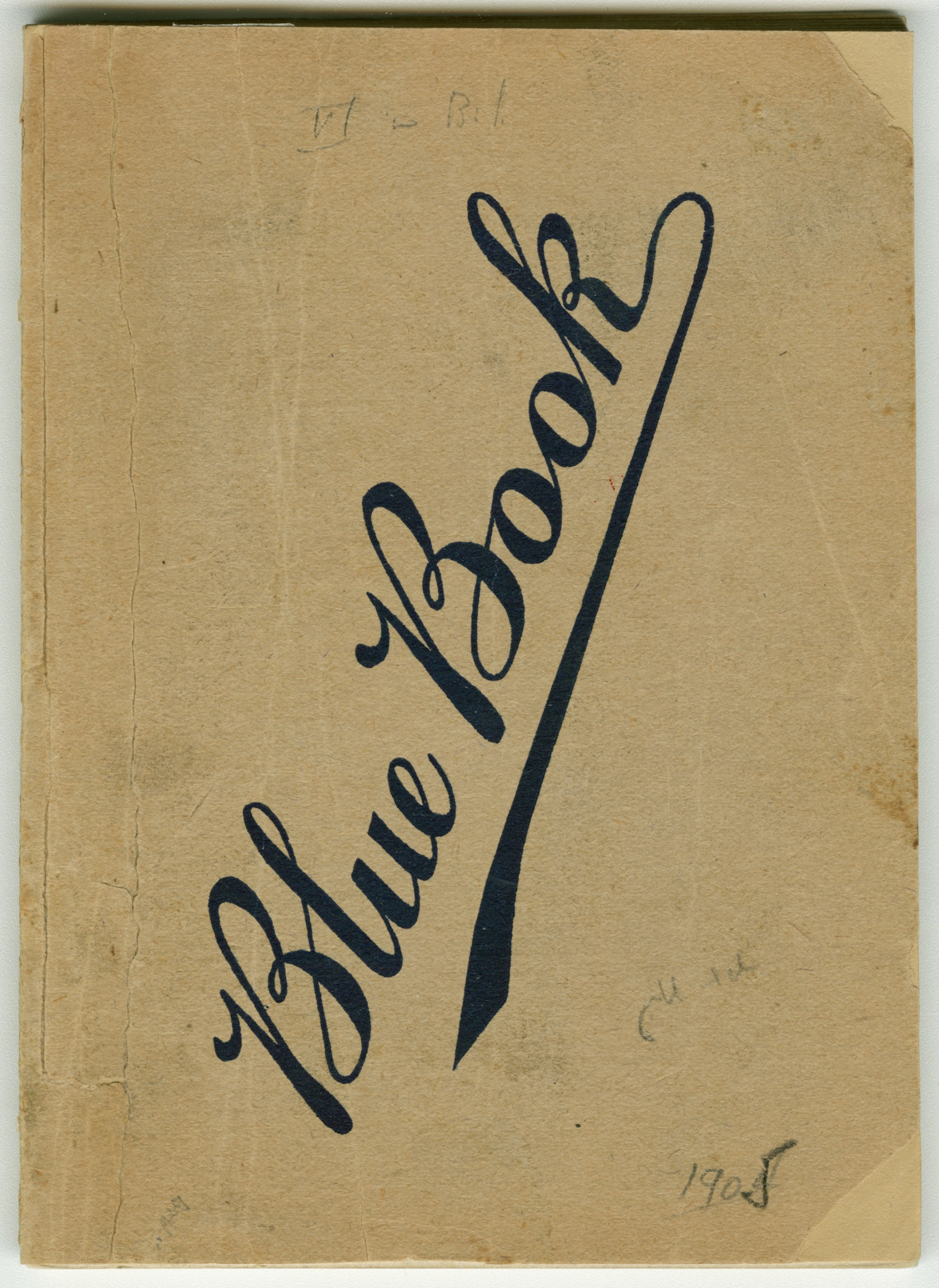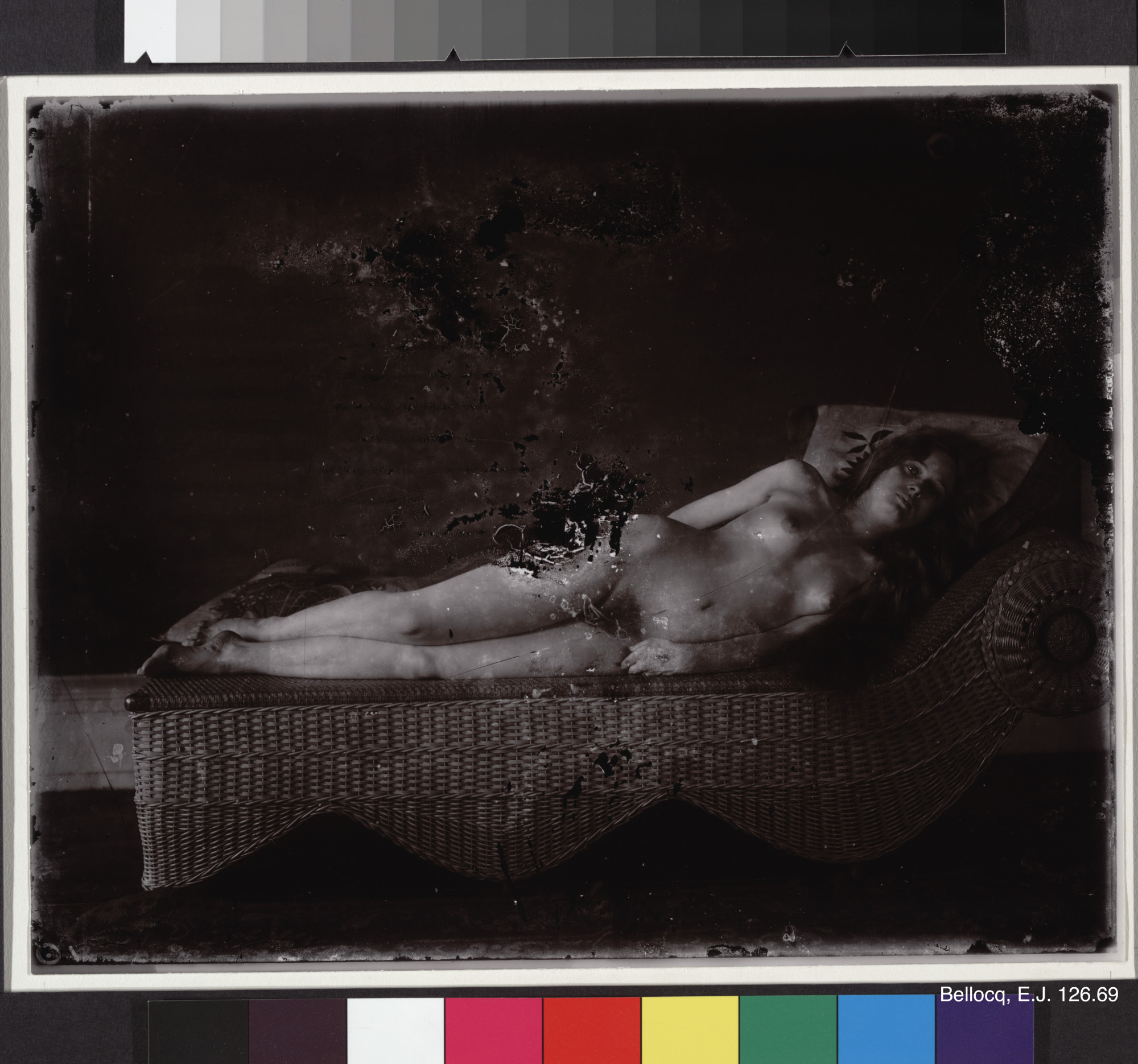Inside a Storyville-era guidebook
To know a thing or two, and know it direct, go
through this little book and read it carefully, and
then when you go on a “lark” you’ll know “who
is who?” and the best place to spend your time
and money.
To help them navigate the neighborhood and its unique attractions, visitors to Storyville referenced special guidebooks, often produced by brothel proprietors or entrepreneurs in cahoots with the tourism industry. Featuring directories of active sex workers—as well as advertisements for booze, bars, and venereal disease cures—these publications were known collectively as “blue books,” though only some, including the 1905 edition you can preview in the gallery below, were published under that name. Blue Book was compiled annually by William Struve, a one-time police reporter, under the alias “Billy News.” All images courtesy The Historic New Orleans Collection, 1969.19.6
Portraits of Storyville
E. J. Bellocq: Storyville Portraits, first published in 1971 by the Museum of Modern Art, collects thirty-four photographs of sex workers in the New Orleans red-light district taken circa 1912. According to a press release announcing the book’s publication, Bellocq—a commercial photographer for a New Orleans-based shipbuilding company—was “a familiar figure in Storyville, where he was called papá because of his strong French accent.” (A fictionalized version of the photographer is played by Keith Carradine in the 1978 film Pretty Baby.) Discovered in Bellocq’s desk after his death, these portraits might be the best-known surviving images of the women of Storyville. The prints in the book were reproduced by the photographer Lee Friedlander, who purchased the original glass plates in 1966. You can view the entire publication here. Digital Image © The Museum of Modern Art/Licensed by SCALA / Art Resource, NY





